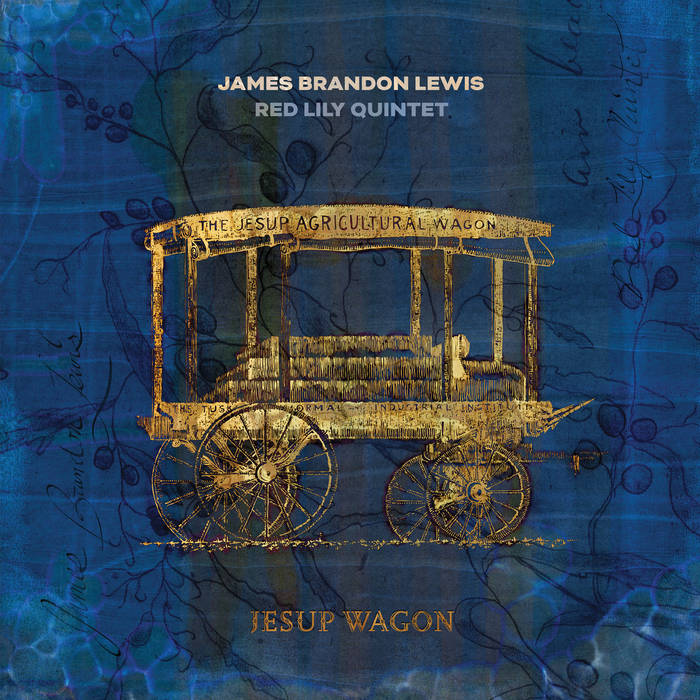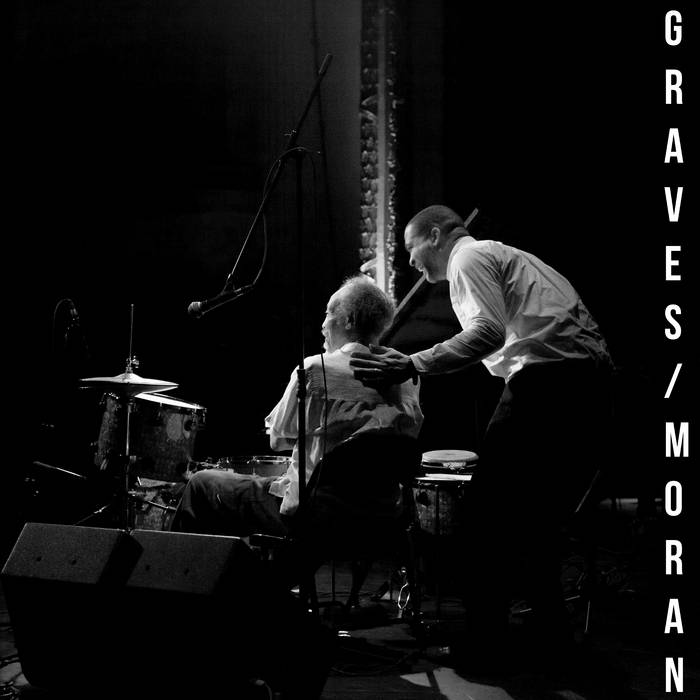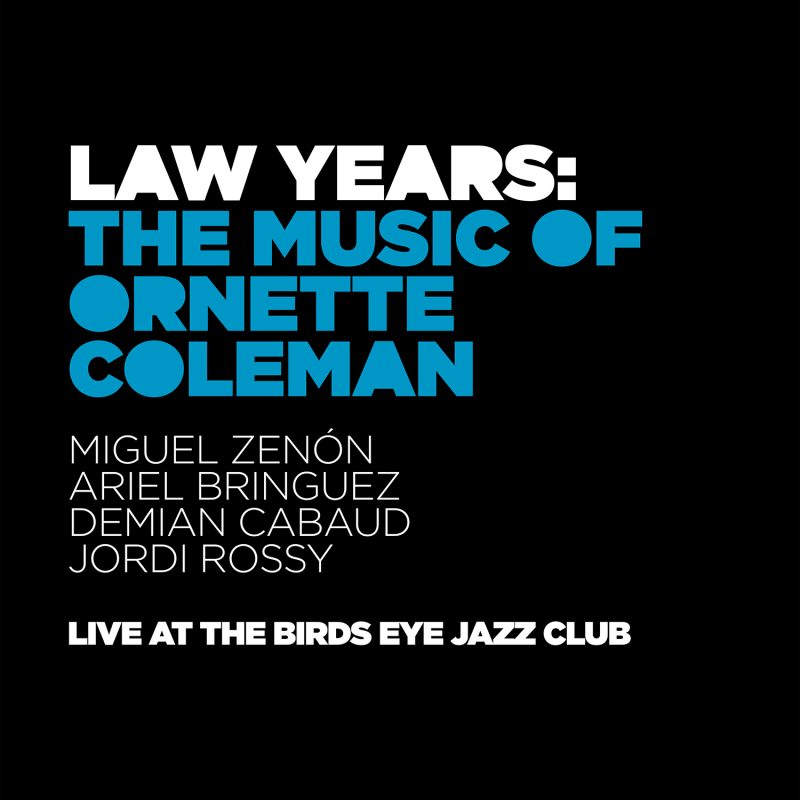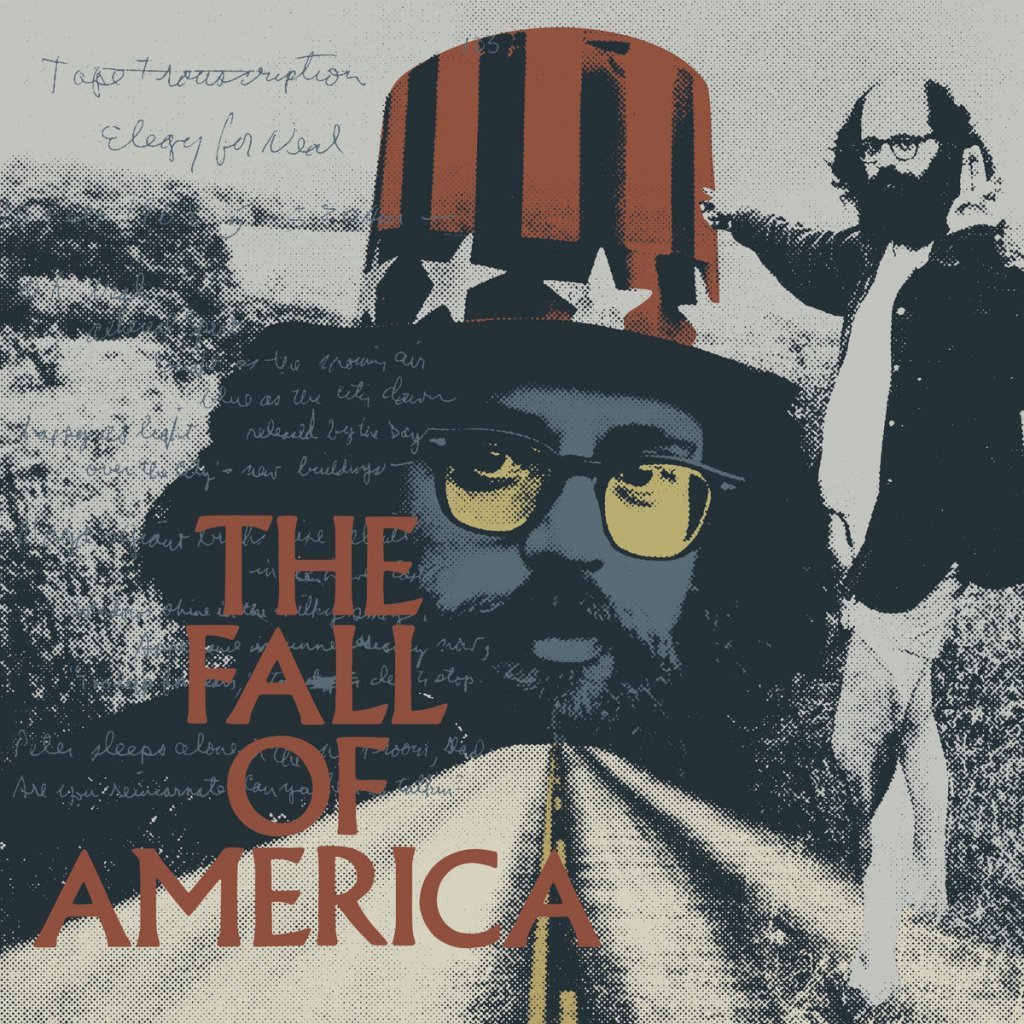
Bobby Rush signs student autographs after his show in Hickman High School’s Little Theater. (Photo by Notley Hawkins)
(This piece is part of a memoir-in-progress about my 30+-years of high school edumacating that may or may not appear some day in completed form.)
Sometimes great things fall into your lap, and you have to be ready for them.
In 2009, my wife and I had just returned from a trip to Memphis, and on the way down and back, we’d listened to a heap of Bobby Rush tracks. Bobby, a native of Homer, Louisiana, is the inventor of what he calls “folk funk”: music too funky for blues, too bluesy for funk, and designed for very down-to-earth people. He has also been incredibly durable. One could argue that not only his recordings but also his performances are more vital now than they were thirty years ago; currently in his eighties as of this writing, he shows no signs of slowing down. We’d barely unpacked when my phone rang. The caller was an associate of the Missouri Arts Council, and she’d gotten my name from an acquaintance who’d mentioned that I’d arranged rock and roll concerts at my high school.
“Would Hickman be interested in hosting a blues artist for a concert next month?”
That would seem to be a no-brainer, but as fans of the graphic novel and film Ghost World know, the wrong band or artist can give an audience the blues rather than relieve it of them. I wasn’t going to be held accountable for a Blueshammer-styled band, nor, I must be honest, a painfully sincere “bloozeman” of any stripe. Thus, I had to put on the brakes.
“Well, it depends upon whom. When we do these things, we like to do ‘em up all the way, and I’d hate to, you know, do up something anti-climactic.”
“Have you heard of Bobby Rush?”
I didn’t know whether to shit twice or die.
“Can you hear me ok?”
“Yeah, sorry, I was just a little overcome there. Hell, yes, we’ll do it! Give me the details!” Usually, I asked for the details before agreeing, but, in this case, I would have been a fool.
“Well,” she said, “It’s free of charge to you and the audience; a grant’s paid for it. Bobby’s got his own band and gear—you’d just need to provide a basic PA and monitors. And we’d like to schedule it for the evening so kids could bring their families if they wanted to. I tried to pitch this to Jefferson City Public Schools, but they wanted nothing to do with it.”
“You snooze, you lose. And this will be a huge loss for them. We’re A-OK on the equipment. And evening is great. But, regarding the kids and their families—is Bobby bringing the girls?”
I am sure this is a question anyone trying to book Rush is going to get asked. Bobby frequently performs with three triple-mega-bootylicious dancers to whom he often makes leering but strangely warm and charming reference throughout his shows, and a) I seriously hoped he was travelling with them, but b) I wasn’t sure the snug stage had room for them, and c) I was not sure a transition from high school performance stage to chitlin’ circuit showcase would be altogether without bumps (take that as you will).
She chuckled. “Oh no, he doesn’t have the girls on this leg.” I breathed a sigh of disappointed relief, as well as applied a mental Bobby Rush-like chuckle of lechery to her phrasing.
The next day, the kids of the Academy of Rock, our music appreciation club, and I revved into PR gear. We made and posted flyers, we networked the hallways and school nooks and crannies, and we set up visits to the American history classes, where we planned to show a brief “teaser” segment on Rush from Richard Pearce’s “The Road to Memphis,” an installment of Martin Scorsese’s The Blues series. Because I have been a serious nut about music since I heard “Then Came You” float out of a swimming pool jukebox, I have always been careful to find a solid justification for connecting any school use of it to curriculum—probably too careful, but I am like a Pentecostal preacher when I get going, and may the Devil take the curriculum. In this case, the justification too had fallen into my lap: it happened to be Black History Month, and, as dubious as I consider the concept (I prefer Black History Year), I was happy to exploit it. I was also happy that, in my long experience at Hickman, I’d seldom seen a major event staged that directly and intentionally appealed to our 25% black population. Not that I could take credit for anything but saying “yes” to the proposal; in fact, that could accurately serve as my epitaph: “He said ‘Yes’ to life.”
We also got word out to the local press—who were underwhelmed as usual, for the most part—and the Columbia music community, which resulted in my fellow music maniac Kevin Walsh and his young pal Chase Thompson showing up to make a film—as yet unreleased, but I have a dub—of Rush’s appearance.
The day of the show seemed to arrive in an instant. We promptly set up the stage and PA—but, for some reason, the monitors, not exactly top of the gear list in complexity of use, were malfunctioning. We tried everything we knew (admittedly, not much), to no avail. At least we had a computer properly jacked into the PA to record the show, which Bobby’d happily agreed to let us do. Still—one of the few things we’d been asked for we couldn’t deliver. I was also nervous about the turnout, as we had no way of knowing how many folks would arrive, since admission was free.
Bobby and his band (also known as the crew—they hauled and set up their own equipment, which is no unremarkable habit, especially for road vets) arrived right on schedule, and, after finding him and introducing myself and my wife Nicole, I cut right to the chase: “Bobby, our monitors are screwed. That’s about all you wanted, and we messed it up.”
“Phil, Bobby Rush got this! You OK! Been on the road for sixty years and ain’t nothin’ like that ever stopped us! You all just sit back and relax and let Bobby Rush take care of business.”
I couldn’t argue with that. Would you have?
We did as we were told and took a seat. The space was an old-style “Little Theater,” capacity 150, with nice track lighting, comfortable seating, and just enough stage for a five-piece band (Bobby had seven). I am assuming it was originally built for student theatrical performances, but, in the ‘Oughts, it was just as frequently a concert venue. As I write, I feel a pang of sadness in not being there to continue using it.
Bobby and his band genially integrated our small crew of students into their own set-up and soundcheck—they’d also quickly jerry-rigged the monitors and had them working—and were thrilled to find that we planned to have one of the kids run sound for the show. This had been our philosophy since the club was formed in 2004: move over and let some students do the popcorn! An element of risk always threatened proceedings as a result, but that’s life, learning happened, and it’s more fun riding on The Wall of Death, anyway.
I had been in a bit of a nervous trance when I suddenly broke it, looked around, and noticed that the house was almost packed. Not only that, but the concertgoers were predominantly black—with a considerable number of parents and grandparents among them. As is my wont, I quickly twisted my joy into worry as I began to recall certain bawdy Rush routines that might be revisited that very eve.

I needn’t have worried. Bobby Rush had this. 75 at the time, he must have set the record for pelvic thrusts in one show. The crowd went wild. He told raunchy stories, including one featuring his minister father. The crowd hollered. He plum-picked his sly repertoire: “Uncle Esau,” “I Ain’t Studdin’ Ya,” “I Got Three Problems,” “Henpecked” (“I ain’t henpecked!/I just been pecked by the right hen!”), “Night Fishin’,” “Evil,” “What’s Good for the Goose.” The crowd exploded. He produced a pair of size-75 women’s undies to demonstrate his taste in derrieres. The crowd went bonkers, and the grandmas stood up and shouted amen. He accused our sound man of being a virgin. The crowd—and our soundman—went nuts. He talked about visiting Iraq, about his prison ministry, about struggling up out of the Great Migration to Chicago, about being on damn near every black music scene for fifty years—and about coming through it all to vote for a black president who actually got elected. And the crowd hung, hushed, on his every word, as he delivered a brilliant, deeply personal history lesson we hadn’t even asked for. Even the jerry-rigged sound in that little room was hot as fire and deep as a well, with Rush playing harp like he was possessed by the ghost of Sonny Boy Williamson and snatching a guitar away from a band member to play some razor-sharp solo slide. As I continued to nervously scan what had become a congregation, I was thrilled to notice that the older the person was whom I spied, the wider his (or most definitely her) grin was. The students? They had clearly never seen anything like Bobby Rush before. Our soundman was so mesmerized he forgot to check the recording levels, so our aural document of the show is way into the red.
I know it’s a cliché, but it was, for damn sure, a religious experience. The audience, I think, was more drained than Bobby at show’s end, but not too drained to be shaking their heads in wonderment and giggling with glee. Several of those older folks swung by to tell me, “More of this, please!” The principal who’d drawn event supervision—lucky man!—asked me, “How in hell did this happen, and when’s the next one, ‘cause I’m calling dibs?” Of course, I’d liked to have met those demands with serious supply—but witnessing a bona fide, down and dirty, authentic-but-for-the-booze-smoke-and-BBQ chitlin’ circuit show at a Bible Belt high school, I’m afraid, is a once in a lifetime experience. God, I do love grants and art councils.

Nicole and I walked Bobby out into the February night, his arms around both of our shoulders. His eyes and jeri curls were shining, but he hadn’t seemed to have broken a sweat. “I want to thank you all for having us,” he offered, humbly. “I don’t know who had more fun, us or them!”
I quickly replied, “No, man, thank you! That show was so good you’d think you were playing for the president! And we’re just a high school in Missouri!”
He shook his head, smiling.
“I told you, Phil…Bobby Rush got this!”
See Columbia photographer Notley Hawkins’ classic shots from the show here, and do yourself a solid and grab Omnivore Records’ stellar four-CD career summation of Rush, Chicken Heads, here!











































